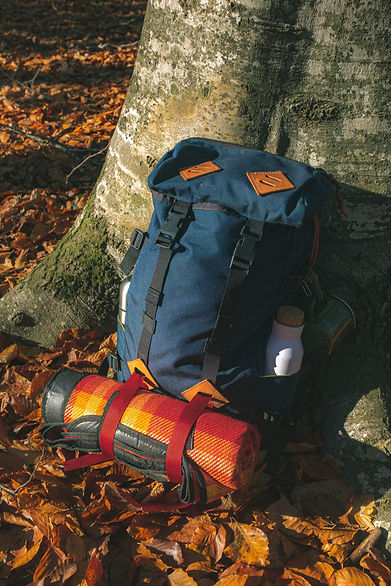
Your Onward Journey
to Santiago de Compostela
When you arrive in Caminha, you have two options for your onward journey:
You can either choose to go by taxi boat/ferry to la La Guardia to take the Portuguese Way of the Coast or, you can follow the path inland to Valença and where you cross the border via Tui to continue on the Central Portuguese Way.
Both routes are duly signposted so that pilgrims are aware of them:
Portuguese Way of the Coast
In recent years the coastal route has become
increasingly popular and is often referred to as the ‘Spiritual Route’.
The early stages of this route run along the Atlantic coastline, providing stunning landscapes and views out to the ocean.


Central Portuguese Way
You can also follow the Minho River until you reach Valença, where you enter through the city's fortress and enjoy an unforgettable sunset.
From Valença you can cross the river on the beautiful metal bridge, which allows the crossing to Tui, where Spanish territory begins.
The 16 kilometres leading to Valença are stunning, the path from Caminha leads along the Ecopista which is a footpath that runs alongside the Minho river.
Both routes meet in the city of Redondela, and take you to Santiago de Compostela, through historical and culturally rich towns including; Pontevedra, Caldas de Rei and Padrón.
What To Carry & How To Prepare For The Journey
First of all, you should only carry up to 10% of your body weight, because excess weight is the main cause of tendonitis and injuries.
The first big lesson a pilgrim learns when they decide to go on a journey is detachment, so think about what is really important and necessary to carry in your backpack.

Packing List
- an identification document
- a debit card to withdraw money at ATMs (it is not convenient to carry a lot of money in your wallet)
- any necessary documents for the return trip
- the Pilgrim's Credential
- the scallop shell hanging from the backpack that identifies you as a Santiago pilgrim.
- convertible pants (detachable legs)
- waterproof windbreaker
- polar
- microfiber bath towel
- slippers for the bath
- sandals (for resting your feet at night)
- hat (preferably a wide-brimmed hat to cover you from the sun)
- anti-bubble socks
- boots or good sneakers, never new
- light and compact sleeping bag
- raincoat
- swiss army knife
- small flashlight
- sunglasses
- high factor sunscreen
- sunscreen
- lighter
- toilet paper roll
- small bag for garbage collection
- soap for washing clothes
- nanny pins to hang clothes to dry (on strings or in the backpack)
- string for drying clothes
- gel for muscle pain
- Blister plasters
- small comb
- toothbrush
- toothpaste
- small bottle of shampoo and toiletries reduced to the essentials.
(other types of accessories depending on the time of the year you walk)

Correctly packing a backpack can be a big challenge.
You will quickly realize that it is something very important. Follow these packing tips to save yourself headaches and pain.
-
Put your sleeping bag at the bottom- Your sleeping bag is usually the last thing to come out of your backpack each day, so pack it first and at the bottom of the bag. It can also be used as cushioning for other items.
-
Pack lightweight items on top of your sleeping bag. - This includes clothes, towels, slippers, sandals, washing and drying utensils etc.
-
Then pack your heaviest items - This includes things like food, water bladders, silverware, toiletries etc. the bulk of the weight of your pack should be centred between your shoulder blades and close to your back.
-
Then pack middle-weight items like first aid kits and smaller utensils further away from your back.
-
Keep your most important items closer to hand by putting them in the top hood pocket of the back or driving into side pockets (depending on your bag's structure). This should include things you need easy access to like sunscreen, some snacks, your phone and your stamp book.
-
Use reusable containers where possible.
